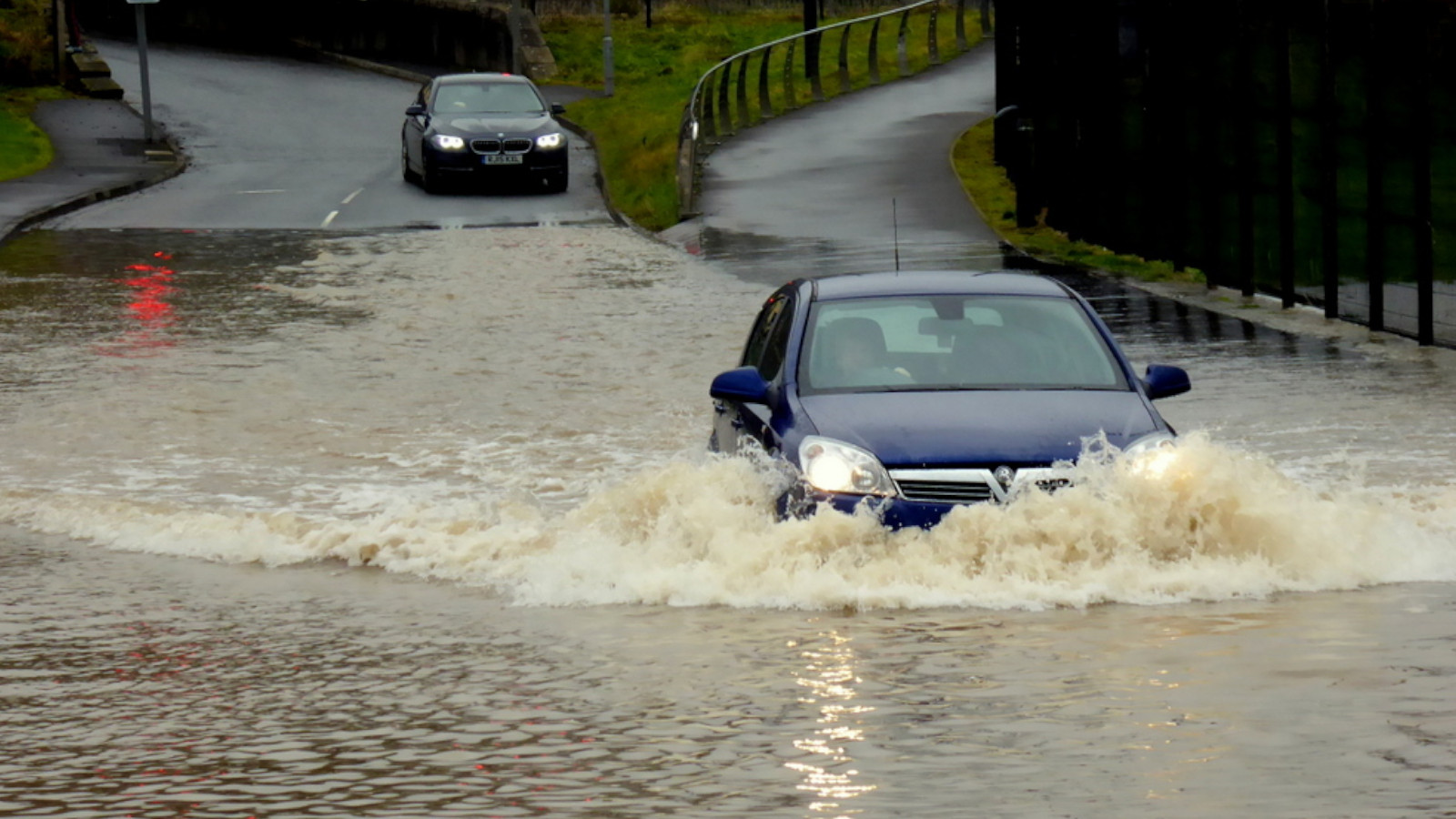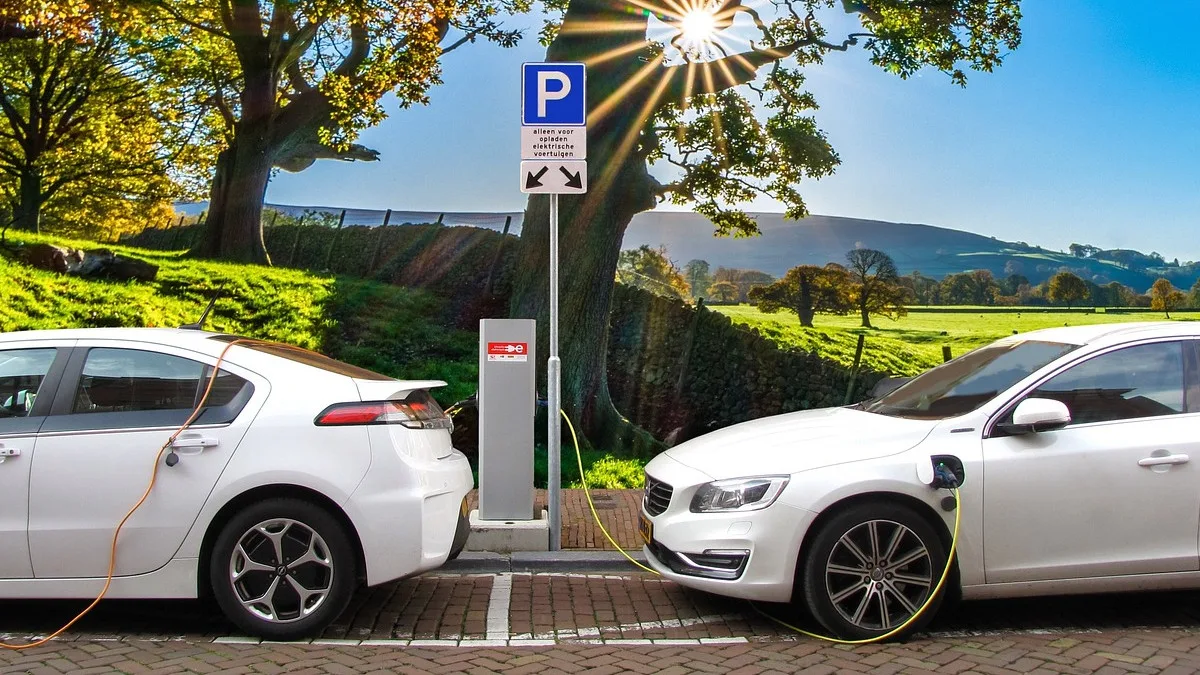Driving through flooded roads requires a high level of caution and careful decision-making. It is essential to understand the potential dangers and take necessary precautions to ensure your safety and the protection of your vehicle. Navigating flooded roadways demands a thorough assessment of the situation, evaluating water depth and flow rates. By following expert advice and exercising good judgment, you can minimize risks and undertake a safer journey. In this article, we will explore key tips and guidelines to help you drive through flooded roads with confidence and competence.
Evaluate the Situation
Before attempting to drive through a flooded road, assess the situation carefully. Gauge the depth of the water by observing other vehicles or using visual cues such as nearby structures or markers. If the water level exceeds the bottom of your vehicle’s doors, it is likely too deep to proceed safely. Also, consider the flow rate of the water, as fast-moving currents can sweep away even large vehicles. If you are unsure or uncomfortable, it is better to seek an alternative route or wait until the water recedes.
Plan Your Route Wisely
If you must drive through flooded areas, plan your route accordingly. Consult local authorities or use mapping apps to identify roads that are less likely to be inundated. High ground or elevated routes can provide a safer passage during flooding. It is also wise to inform someone about your intended route and estimated arrival time, allowing others to monitor your progress and provide assistance if needed.
Slow Down and Maintain Distance
Once you find yourself driving through a flooded road, reduce your speed significantly. Driving at a slower pace minimizes the chances of water splashing into your engine, which could lead to stalling or severe damage. Maintain a safe distance from other vehicles to avoid potential collisions and give yourself ample time to react to sudden obstacles or changes in road conditions.
Engage Low Gear
If your vehicle has a manual transmission, shift to a low gear to improve traction and control. This helps to prevent wheel spin, especially when encountering slippery surfaces or submerged debris. If you have an automatic transmission, engage the “L” or “2” gear setting if available. This will keep your vehicle in a lower gear and provide better control in challenging conditions.
Steady and Consistent Speed
Maintain a steady and consistent speed while driving through flooded areas. Avoid sudden acceleration or deceleration, as this can lead to loss of control. Use the accelerator and brakes gently to ensure smooth progress. Additionally, avoid unnecessary lane changes or sudden maneuvers that could disrupt the balance of your vehicle in the water.
Watch for Indications of Trouble
Pay close attention to your vehicle’s behavior while driving through flooded roads. If you notice unusual noises, loss of power, or difficulty in steering, it may be an indication of water entering critical components. If you suspect water intrusion, it is advisable to stop in a safe location, turn off the engine, and seek assistance. Attempting to drive further could lead to irreversible damage or even endanger your safety.
Driving through flooded roads demands cautiousness, preparation, and attentiveness. By evaluating the situation, planning your route, and adopting safe driving practices, you can navigate these challenging conditions more effectively. Remember, the most crucial aspect is your safety, and if in doubt, it is always better to choose an alternative route or wait until the floodwaters recede.
Discover more from Wheels Craze - Automotive News, EV News, Car News, Bike News
Subscribe to get the latest posts to your email.




